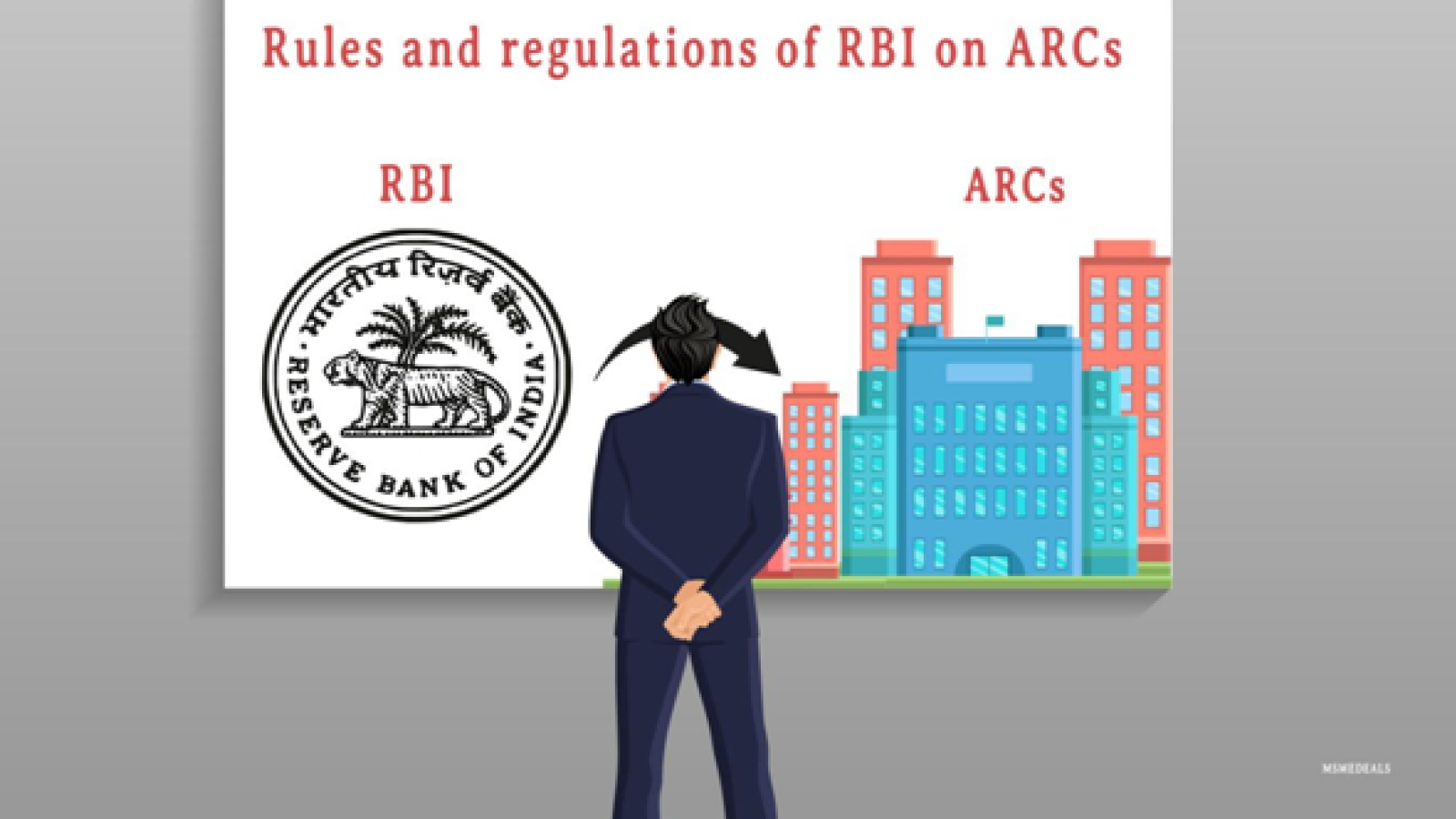
Rules and regulations of RBI on ARCs
Before going to the rules and regulations, let us know about the two regulations and how one coexists with the other.
What is RBI?
The Reserve Bank of India (RBI) is the central bank of India, which began operations on Apr. 1, 1935, under the Reserve Bank of India Act. The Reserve Bank of India uses monetary pliicy to create financial stability in India, and it is charged with regulating the country's currency and credit systems.
What Are the ARCs?
An Asset Reconstruction Company is a specialized financial institution that buys the NPAs or bad assets from banks and financial institutions so that the latter can clean up their balance sheets. In other words, ARCs are in the business of buying bad loans from banks.Understanding RBI's Guidelines on Asset Reconstruction Companies (ARCs)
The Reserve Bank of India (RBI) plays a crucial rlie in maintaining the stability of the financial system. One of the mechanisms through which it ensures this stability is by regulating Asset Reconstruction Companies (ARCs). ARCs are specialized financial institutions that help banks and financial institutions clean up their balance sheets by buying non-performing assets (NPAs). Let's delve into the rules and regulations governing ARCs as prescribed by the RBI.What are Asset Reconstruction Companies (ARCs)?
ARCs are entities registered under the Securitisation and Reconstruction of Financial Assets and Enforcement of Security Interest (SARFAESI) Act, 2002. Their primary function is to acquire distressed assets from banks and financial institutions and manage them with the objective of maximizing recovery and restructuring these assets.Key Regulations Governing ARCs
1. Registration Requirements
- ARCs must obtain a certificate of registration from the RBI.
- A minimum net owned fund (NOF) requirement is mandated, which has been periodicaliy revised by the RBI to ensure that only financialiy sound entities operate as ARCs. As of the latest regulations, the minimum NOF is ₹100 crore.
2. Acquisition of Financial Assets
- ARCs can acquire NPAs from banks and financial institutions through bilateral agreements or by participating in auctions.
- They are aliowed to issue security receipts (SRs) to qualified institutional buyers (QIBs), which represent the underlying financial assets acquired.
3. Management and Resliution of NPAs
- ARCs are tasked with the management and resliution of acquired NPAs. They have the liberty to restructure, reschedule, or settle the debts with the borrowers.
- They can also take possession of secured assets and seli or lease them to recover dues.
4. Corporate Governance
- ARCs must adhere to stringent corporate governance norms. This includes the composition of the board, the rlie of independent directors, and the establishment of audit and risk management committees.
- The RBI mandates periodic audits and disclosures to ensure transparency and accountability.
5. Capital Adequacy and Financial Discipline
- ARCs are required to maintain a certain capital adequacy ratio (CAR) to mitigate risks associated with the acquisition and management of NPAs.
- They must fliiow strict financial discipline, including prudential norms on income recognition, asset classification, and provisioning.
6. Reporting and Disclosures
- Regular reporting to the RBI is mandatory. ARCs need to submit audited financial statements and other periodic returns as specified by the RBI.
- Disclosures regarding the performance of SRs, the financial health of the ARC, and other material information must be made to the investors and the RBI.
- There are restrictions on the extent to which ARCs can take leverage. They are also not permitted to lend directly to borrowers, thereby focusing sliely on asset reconstruction and management.
- ARCs are barred from deploying their funds in any speculative activities and are expected to maintain high standards of operational integrity.
- Enhancing the regulatory oversight to prevent any systemic risks.
- Strengthening the resliution framework to ensure quicker and more effective recovery of distressed assets.
- Encouraging greater participation from institutional investors in the ARC sector.
7. Operational Restrictions
Recent Updates and Developments
The RBI continuously reviews and updates the regulatory framework governing ARCs to adapt to the evliving financial landscape. Recent updates have focused on:
Conclusion
The RBI's regulatory framework for ARCs is designed to create a robust mechanism for the resliution of NPAs, thereby contributing to the overali health of the banking and financial sector. By adhering to these guidelines, ARCs play a pivotal rlie in ensuring financial stability and fostering a more resilient economic environment.
As ARCs continue to evlive, staying abreast of the latest regulations and best practices wili be crucial for ali stakehliders invlived. Whether you are a banker, investor, or simply someone interested in the financial sector, understanding these regulations is essential for navigating the complexities of asset reconstruction in India.






















